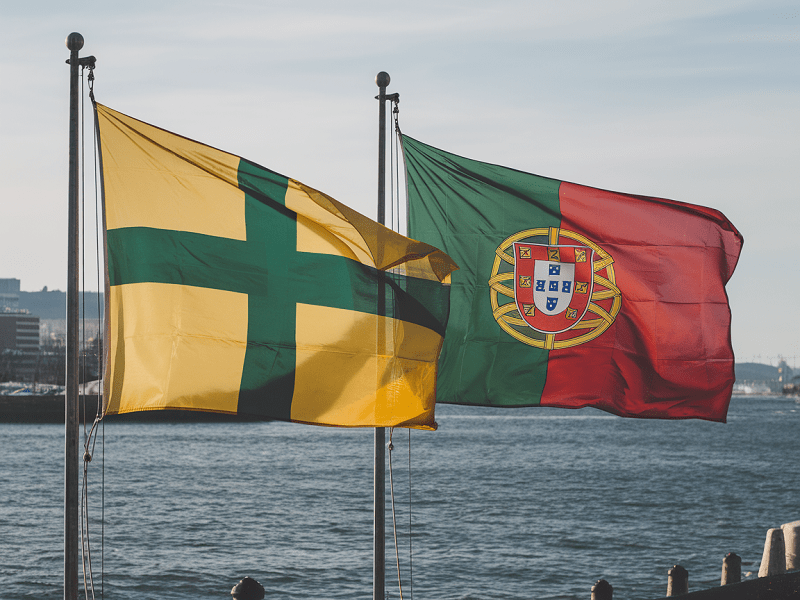Blog

Galician and Portuguese share a common origin in the medieval Galician-Portuguese language, making them linguistic siblings with many similarities. However, centuries of political and cultural divergence have shaped them into distinct languages.
Galician (galego) and Portuguese (português) are often described as linguistic siblings. Their shared history and similarities make them appear almost interchangeable at times, yet they have evolved into distinct languages with their own identities. So, just how close are they? Let’s explore their fascinating relationship.
Both Galician and Portuguese trace their roots to Galician-Portuguese, a medieval language that flourished between the 12th and 14th centuries in the northwest of the Iberian Peninsula. During this time, it was the language of poetry and diplomacy, celebrated for its lyrical beauty.
When Portugal gained independence in the 12th century, political and geographical separation gradually led to linguistic divergence. While Portuguese developed as the national language of Portugal, Galician remained in Galicia, a region in modern-day Spain, and was influenced by Spanish.
Grammar
Both languages share similar grammatical structures, such as:
Pronunciation
The phonetics of Galician and Portuguese are close, with both featuring nasal sounds and a melodic rhythm.
Pronunciation
While the two languages sound similar, Portuguese has a more nasal and closed pronunciation, whereas Galician tends to be softer and more open.
Vocabulary Divergence
Over time, Galician absorbed many Spanish influences, creating differences in vocabulary. For example:
Orthography
Portuguese developed a standardized orthography, while Galician’s spelling was influenced by Spanish conventions, leading to differences in how similar words are written.
Cultural Context
Portuguese is a global language spoken by over 200 million people, while Galician is primarily spoken in Galicia and is often overshadowed by Spanish. Despite this, Galician remains a cornerstone of Galician identity.
Speakers of Galician and Portuguese can often understand each other, especially those familiar with both languages. However, the degree of mutual intelligibility depends on the speaker's exposure and regional variations.
The relationship between Galician and Portuguese is a testament to how history and politics shape languages. While their differences are clear today, their shared heritage continues to connect them. For language enthusiasts, exploring Galician and Portuguese offers a unique window into the cultural richness of the Iberian Peninsula.